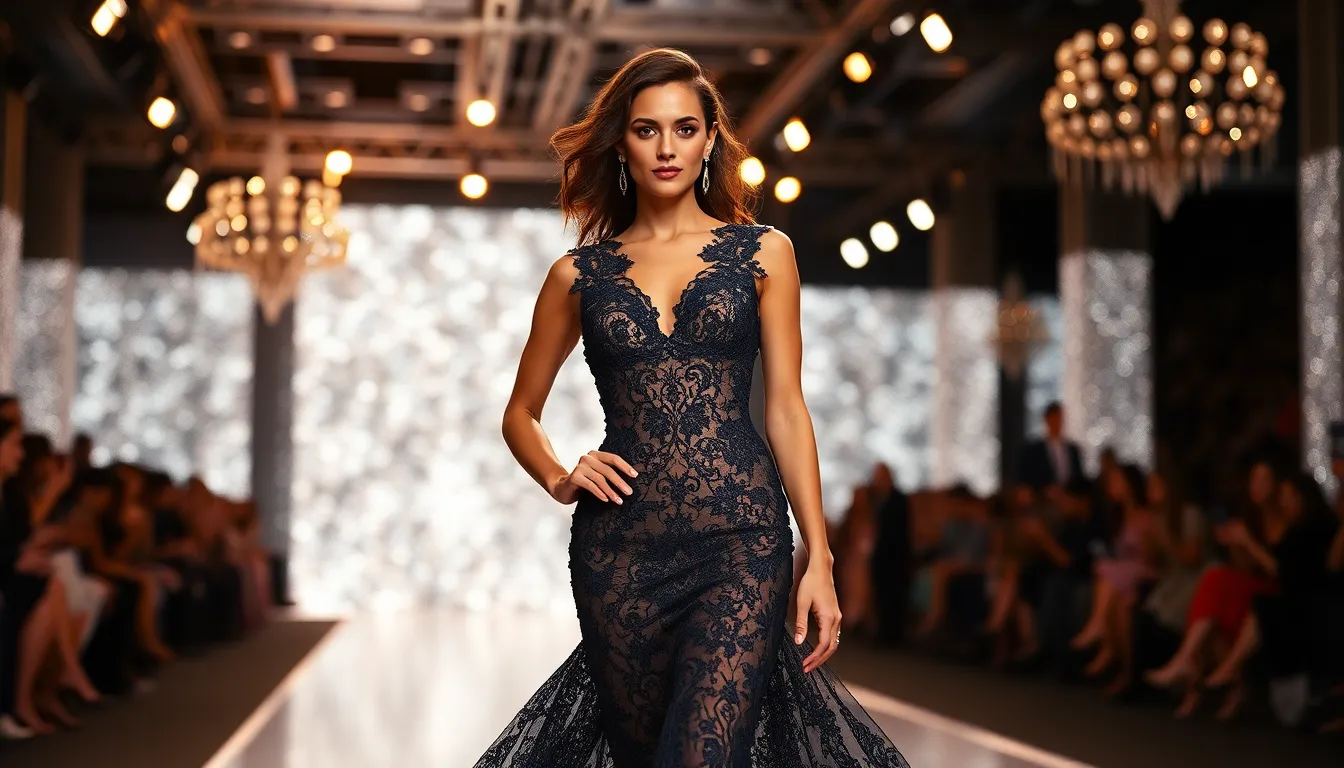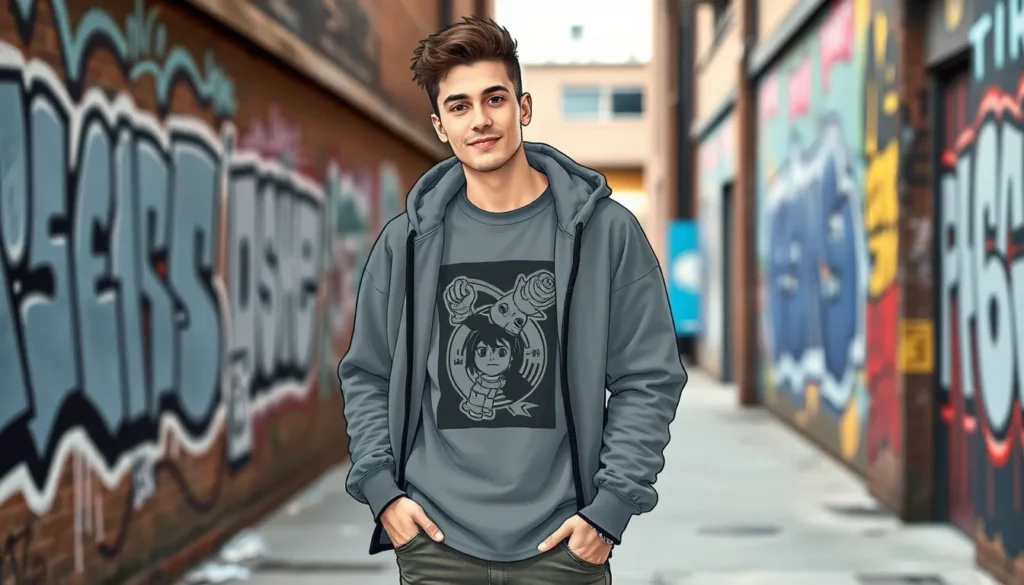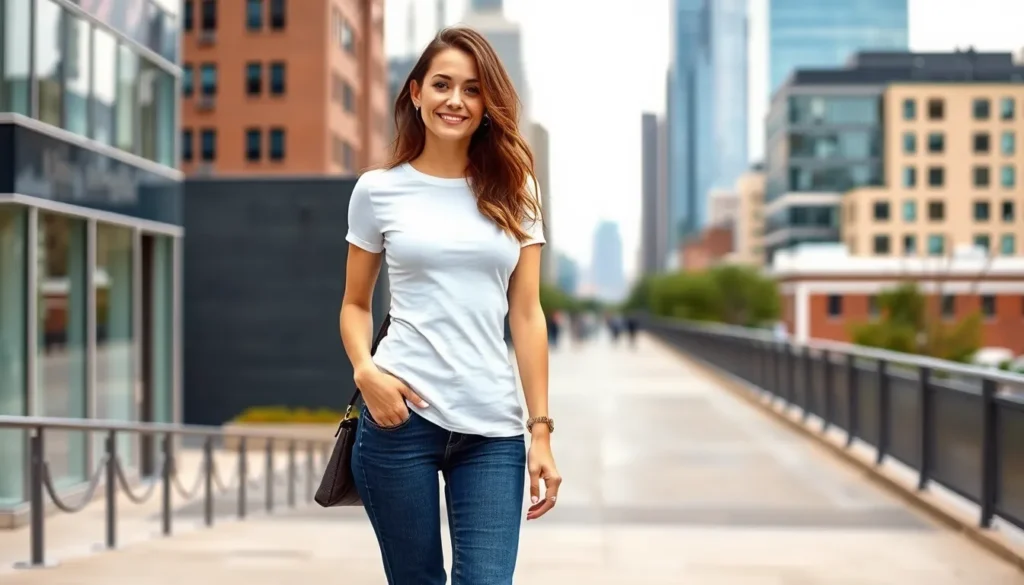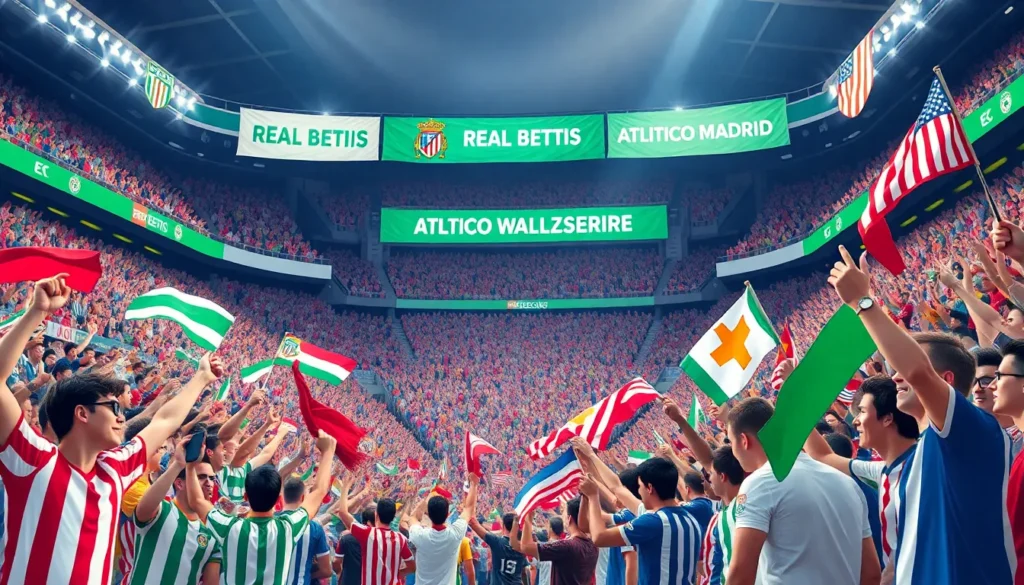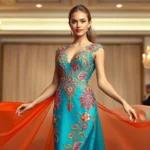In a world where fashion often feels like a game of “who wore it best,” high-end designer couture takes center stage, effortlessly stealing the spotlight. Imagine strutting down the street in a piece so exquisite, it practically screams “I’m fabulous!” Couture isn’t just clothing; it’s an experience that transforms the mundane into the extraordinary.
From the meticulous craftsmanship to the exclusive fabrics, each creation tells a story of artistry and luxury. It’s not just about looking good; it’s about feeling like royalty, even if your throne is a café chair. So whether you’re a seasoned fashionista or just someone who thinks “couture” sounds fancy, dive into the world of high-end designer couture where every stitch is a promise of elegance and every outfit is a chance to make a statement.
Table of Contents
ToggleOverview of High-End Designer Couture
High-end designer couture represents the pinnacle of fashion artistry. With a focus on unparalleled craftsmanship, couture garments are handcrafted with precision, often taking hundreds of hours to complete. Designers utilize exclusive materials, ensuring each piece stands out with distinctive elegance.
Clients often seek couture not only for its aesthetics but also for the statement it makes. Wearing high-end couture pieces can elevate one’s social presence, creating an aura of sophistication. Notable fashion houses, including Chanel, Dior, and Valentino, have cemented their legacies by continually redefining couture standards.
Fashion shows present a perfect platform for showcasing couture collections. During these events, designers reveal intricate designs that challenge conventional fashion norms. The designs frequently feature bold silhouettes, complex details, and innovative constructions, captivating audiences and influencing trends.
The exclusive nature of haute couture emphasizes personalization. Every piece is typically tailored to the wearer, ensuring a fit that flatters individual body shapes. Such bespoke service enhances the experience, making clients feel unique and valued.
Couture also plays a role in preserving traditional craftsmanship. Many designers prioritize sustainable practices and ethical sourcing, reflecting a growing trend within the industry. This approach intertwines luxury with responsibility, appealing to a conscientious clientele.
Ultimately, high-end designer couture remains a testament to creativity, innovation, and luxury in fashion. It inspires admiration for the artistry involved, invites exploration of personal style, and stands as a symbol of status and taste.
Notable High-End Designers
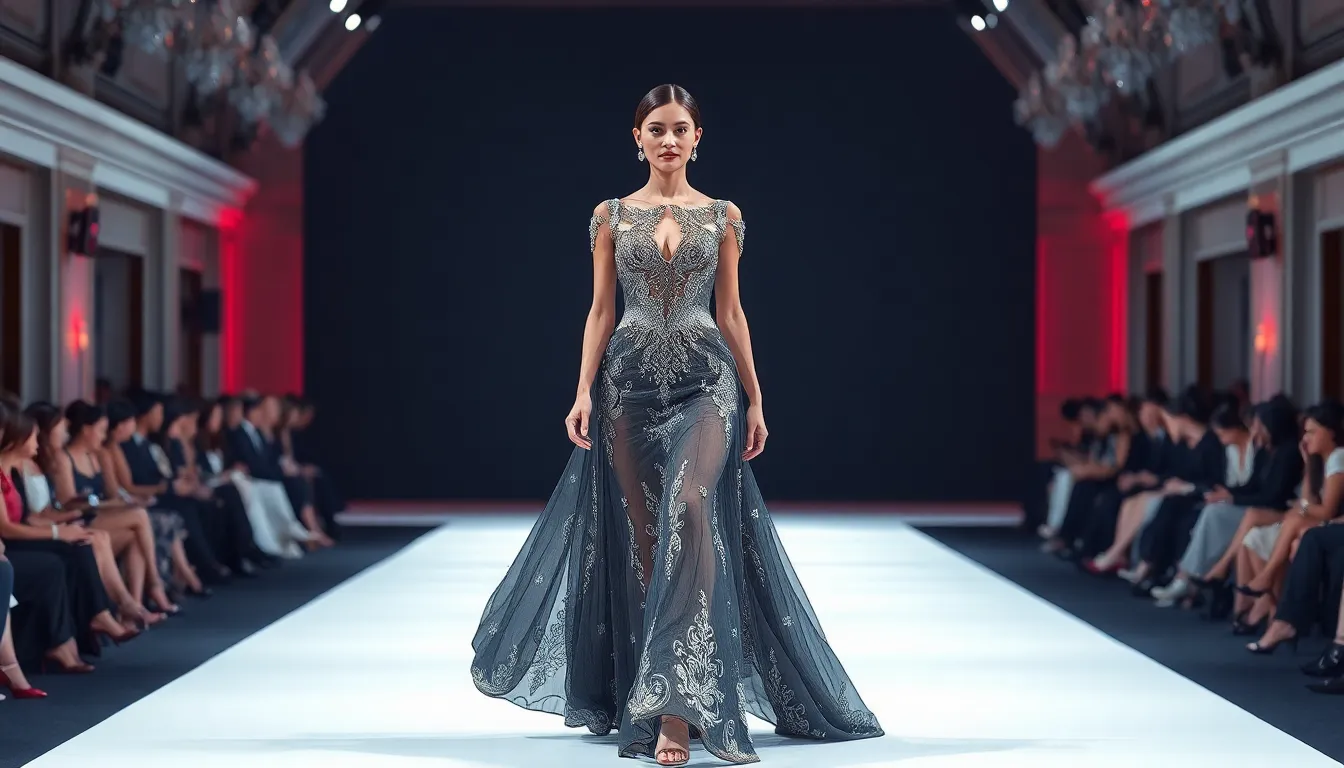
High-end designer couture showcases exceptional talent and creativity, making significant contributions to the fashion industry. Leaders in this space combine artistry and innovation, setting standards for luxury fashion.
The Pioneers of Couture
Chanel pioneered modern femininity with timeless designs. Christian Dior revolutionized the post-war era with the “New Look,” emphasizing elegance and silhouette. Balenciaga introduced architectural shapes, redefining what couture could encompass. Vionnet, known for cut and drape techniques, emphasized the importance of construction in women’s wear. Each designer laid the groundwork for future generations, influencing countless others and creating a lasting legacy.
Contemporary Influencers
Versace brought glamor to the forefront with bold prints and provocative styles. Alexander McQueen challenged conventions through theatrical designs and narratives. Givenchy focuses on blending classic elegance with modern aesthetics. Valentino embraces romantic silhouettes with intricate embellishments. These designers continue to shape perceptions of couture, pushing boundaries and inspiring a new wave of creativity.
The Couture Design Process
Couture design embodies a meticulous process, showcasing the intersection of art and fashion. The journey from concept to creation involves a series of specific steps, each crucial in producing exquisite, one-of-a-kind garments.
Materials and Techniques
Renowned fashion houses rely on the finest materials for couture pieces. Subtle silk, luxurious velvet, and intricate lace often grace these garments, enhancing their elegance and allure. Designers frequently employ innovative techniques to elevate craftsmanship. For instance, hand-embroidery techniques add intricate details, while draping methods create unique silhouettes. These approaches reflect the dedication to authenticity and artistry, ensuring high-end pieces remain timeless.
Custom Fit and Tailoring
Tailoring represents a fundamental aspect of couture design. Each piece is crafted to fit the client’s body shape perfectly, prioritizing comfort alongside aesthetics. Skilled artisans take precise measurements and conduct multiple fittings, allowing for optimal adjustments. Personalization enhances the overall experience, as clients witness firsthand the transformation of fabric into a stunning wearable art piece. Such attention to detail underscores the exclusivity of couture, making each garment a distinctive statement of style.
The Impact of High-End Designer Couture
High-end designer couture shapes cultural narratives and drives economic trends, reflecting societal values. Couture represents more than fashion; it’s a symbol of cultural identity.
Cultural Significance
Couture holds significant cultural importance by showcasing artistic expression. Designers often draw inspiration from historical events and cultural movements, translating these influences into their collections. Fashion weeks display not just garments but cultural milestones, allowing audiences to witness creativity in real-time. Statements made on the runway resonate globally, influencing how societies perceive beauty and identity. Designers also contribute to discussions on diversity, representation, and gender through their work, emphasizing inclusivity within high fashion.
Economic Influence
High-end couture exerts substantial economic impact, contributing to fashion and luxury sectors. The global couture market generates billions, significantly affecting local and international economies. Designer collections attract affluent clientele, fostering job creation in areas like manufacturing and retail. Furthermore, fashion events stimulate tourism in major capitals like Paris and Milan, showcasing the allure of luxury fashion. Investment in couture also encourages sustainability practices, prompting brands to adopt ethical methods which appeal to modern consumers focused on responsible fashion.
Conclusion
High-end designer couture embodies the essence of luxury and artistry in fashion. Its unique craftsmanship and personalized designs elevate not just personal style but also cultural narratives. As it continues to evolve through innovative techniques and sustainable practices, couture remains a vital part of the fashion landscape.
The influence of iconic designers ensures that couture will inspire future generations while maintaining its role as a symbol of sophistication. Embracing couture is more than just a fashion choice; it’s an appreciation for creativity and a celebration of individuality.

